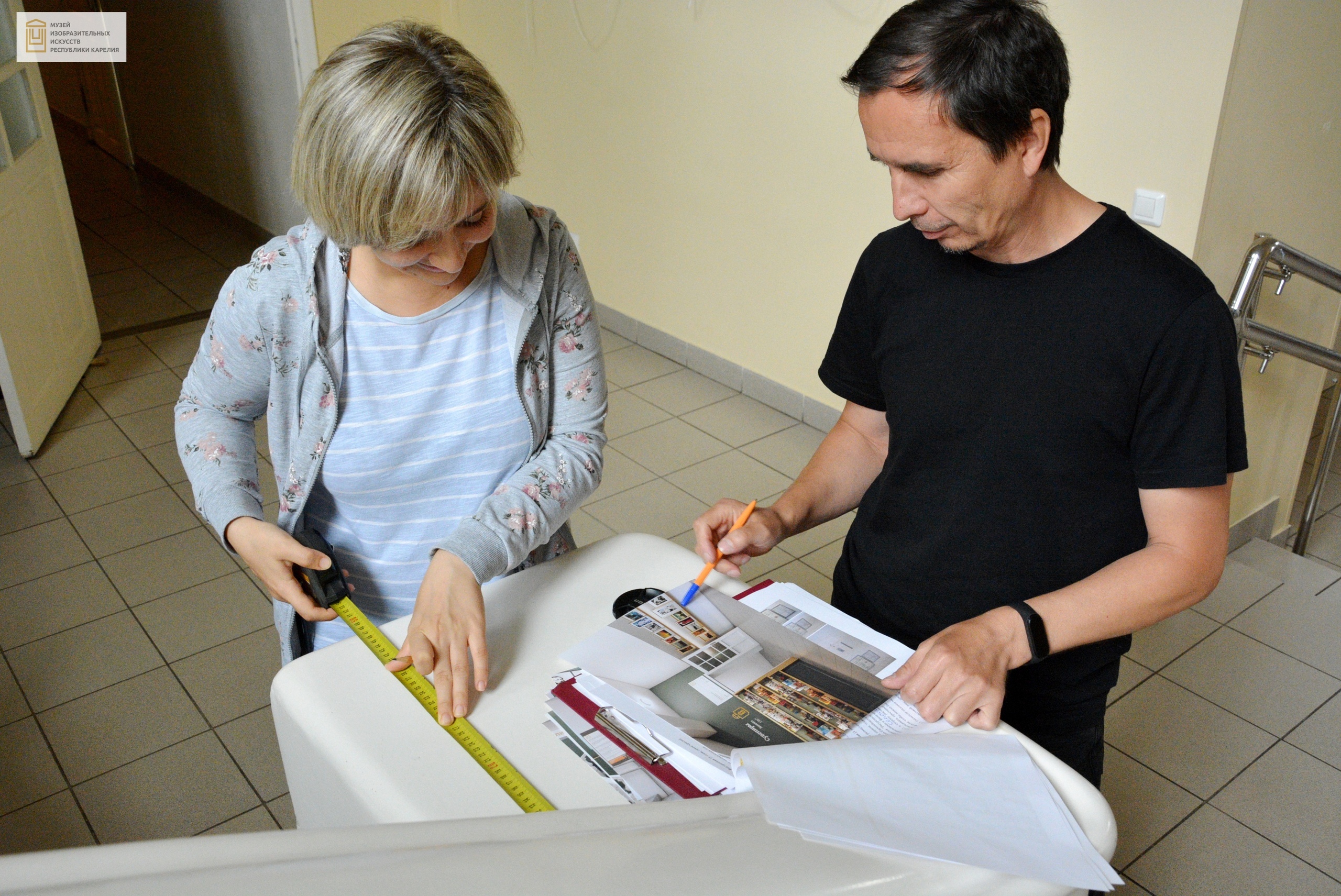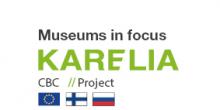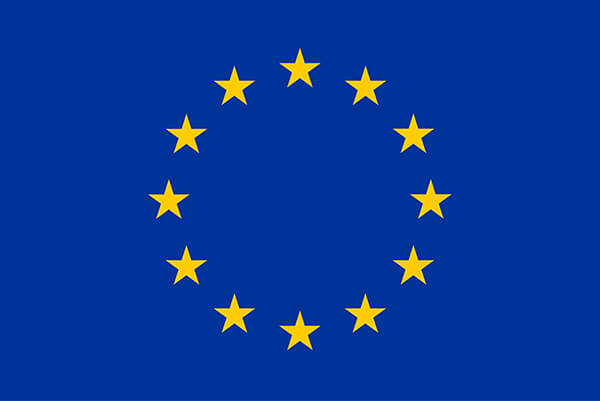Pictorgrams, signs... Who is behind them?

Since ancient times people have used symbols and signs to understand each other better. Kids all over the world play hide-and-seek when with the help of signs on the road it is necessary to find all the runners. And don't forget about emojis that we use every day to express our mood. And signs or navigation system helps us to find a right way without anyone's help.
During the renovation works in the Museum of fine arts of Karelia we thought about improving the entrance area in order to increase the object attraction for tourists. In addition to transforming the environment itself, a great attention was paid to navigation within the Museum. Sometimes it seems that it is difficult to get lost in a small museum, and the location of the exhibition halls or the toilet room is obvious, but it is not always true.
To solve this problem, we invited Viktor Safonov, a graphic designer who we have a long partnership with. We spent long hours to walk through all the tiny corners and large halls, to study the architectural plans of the old building and the decission-making process of our guests while walking in the museum. After identifying the key points of the navigation system, it was decided to update the museum's logo, choosing a more readable modern structure, and also to use colors as a marker to highlight certain areas. And as a result we created the basis of the navigation system - panels with pointers, and found the best way to separate areas - to use certain colors.
Right at the entrance, we placed a visual map of two floors of museum spaces for planning a visit and orientation in the space. This solution allows visitors to plan their visit immediately.
Functional objects have also become navigation elements. So the lamps on the main staircase turned from ordinary lamps into luminous navigation landmarks.
Viktor Safonov developed unique pictograms for the museum, which designate the zones for the sale of souvenir products, toilet rooms, audio guide service, wardrobe, cash desk.
Information panels on both sides of the foyer became a separate block, one of them dedicated to the museum's collections, the other - to the history of the old building - an architectural monument of the 18th century. The designer managed to combine images from different collections harmoniously, and archival photographs of different eras were found to tell the history of the building.
According to Viktor, it is always very interesting to cooperate with the museum, because this is not just a place where paintings hang, but a cultural center, a tourist attraction and even a symbol of the city. Viktor Safonov shared his impressions of working with the museum:
“My task was to organize the interior space using a simple and understandable navigation system. The difficulty was that the building itself is small. There are not so many places for signs. All the inscriptions were to be made in three languages - Russian, English and Chinese. My idea was accepted - the introduction of additional colors to highlight temporary exhibitions and the use of different surfaces for placing information. I am glad that our museum always moves forward, implements new interesting projects, and attracts designers and contemporary artists for this. I am very pleased and responsible to participate in this process ”.
This modernization of the entrance area and navigation system became possible thanks to the international project KA9021 "Museums in Focus: Development of Cultural Services for Chinese Tourists" (CBC "Karelia" 2014-2020, funded by the European Union, Finland and Russia), aimed at creating museum services and products for Chinese tourists at the regional level.





